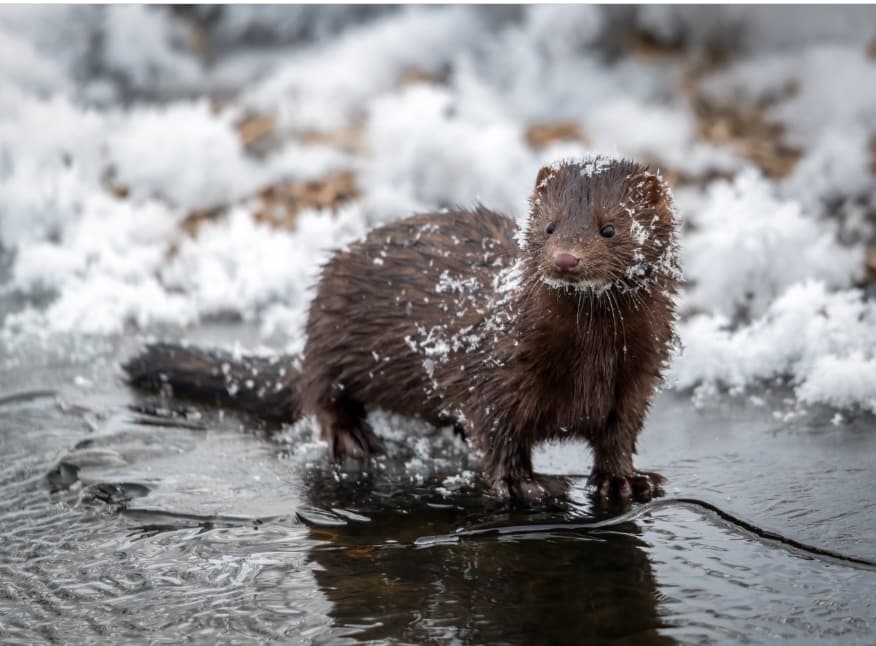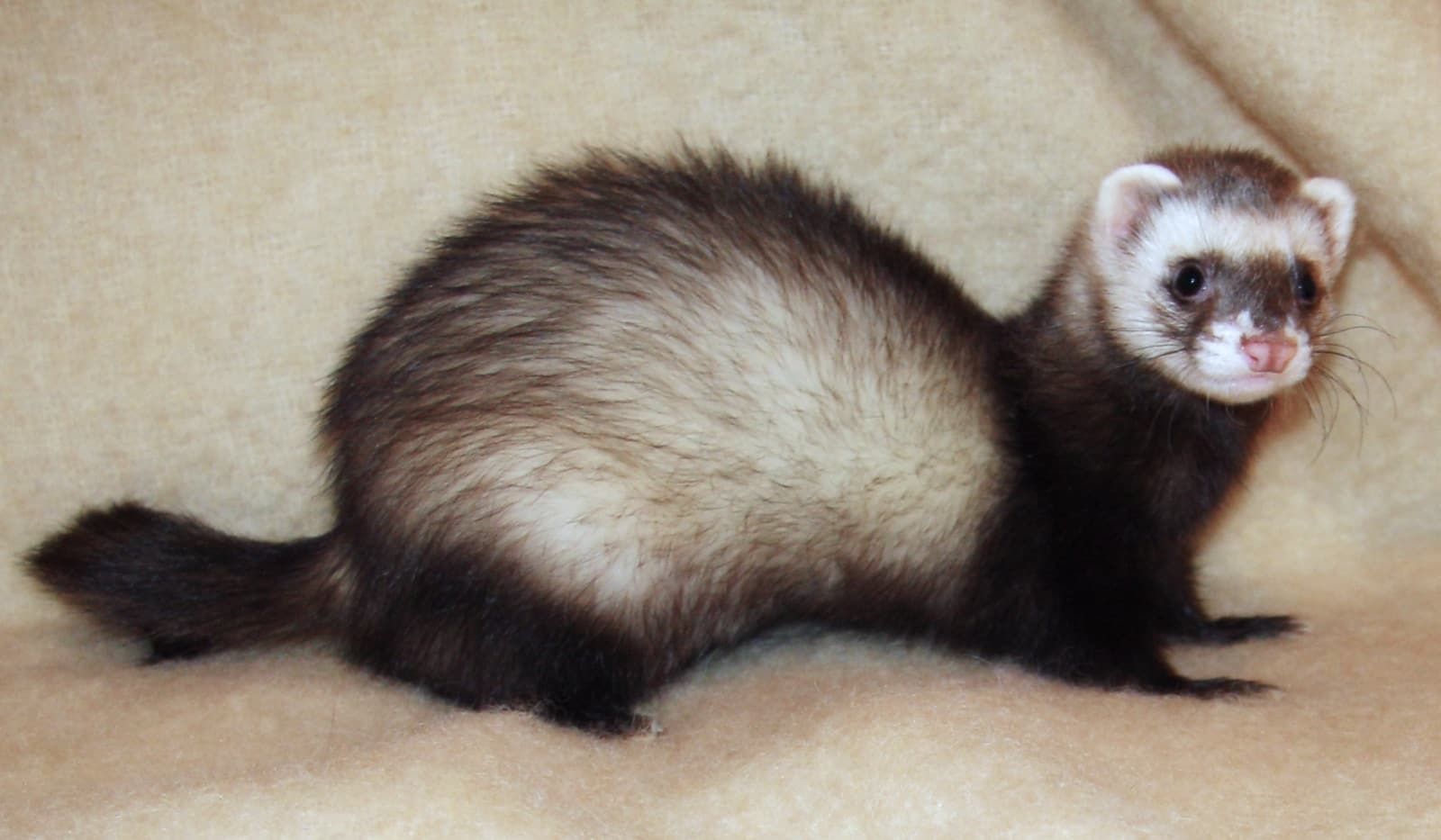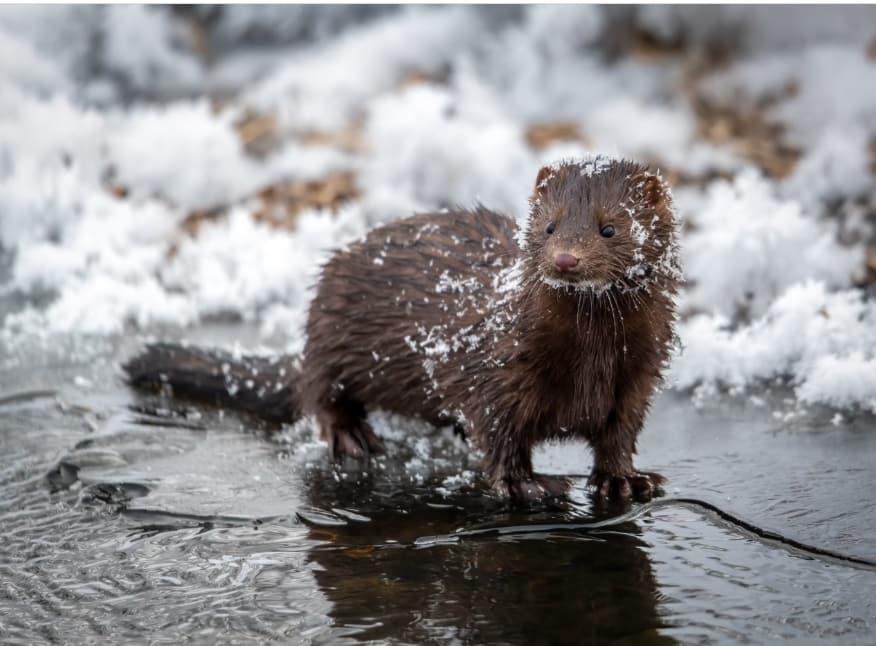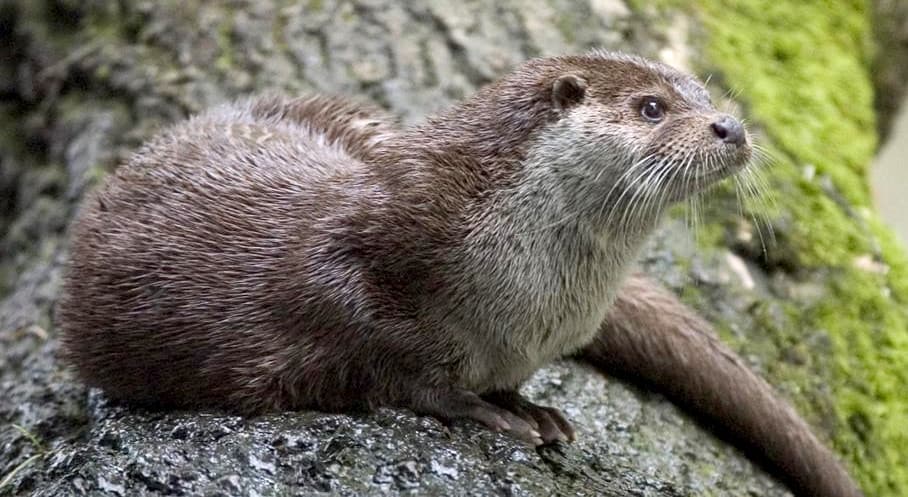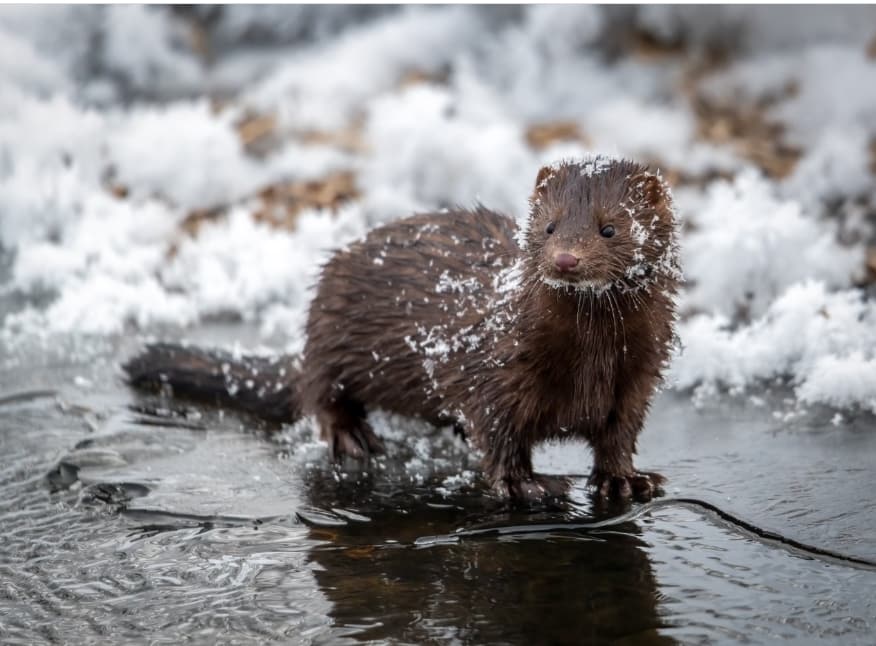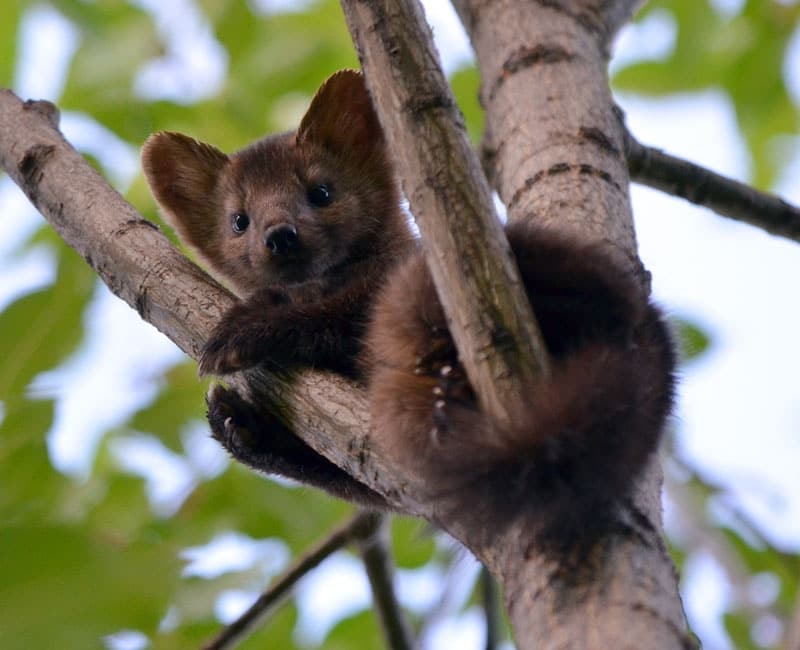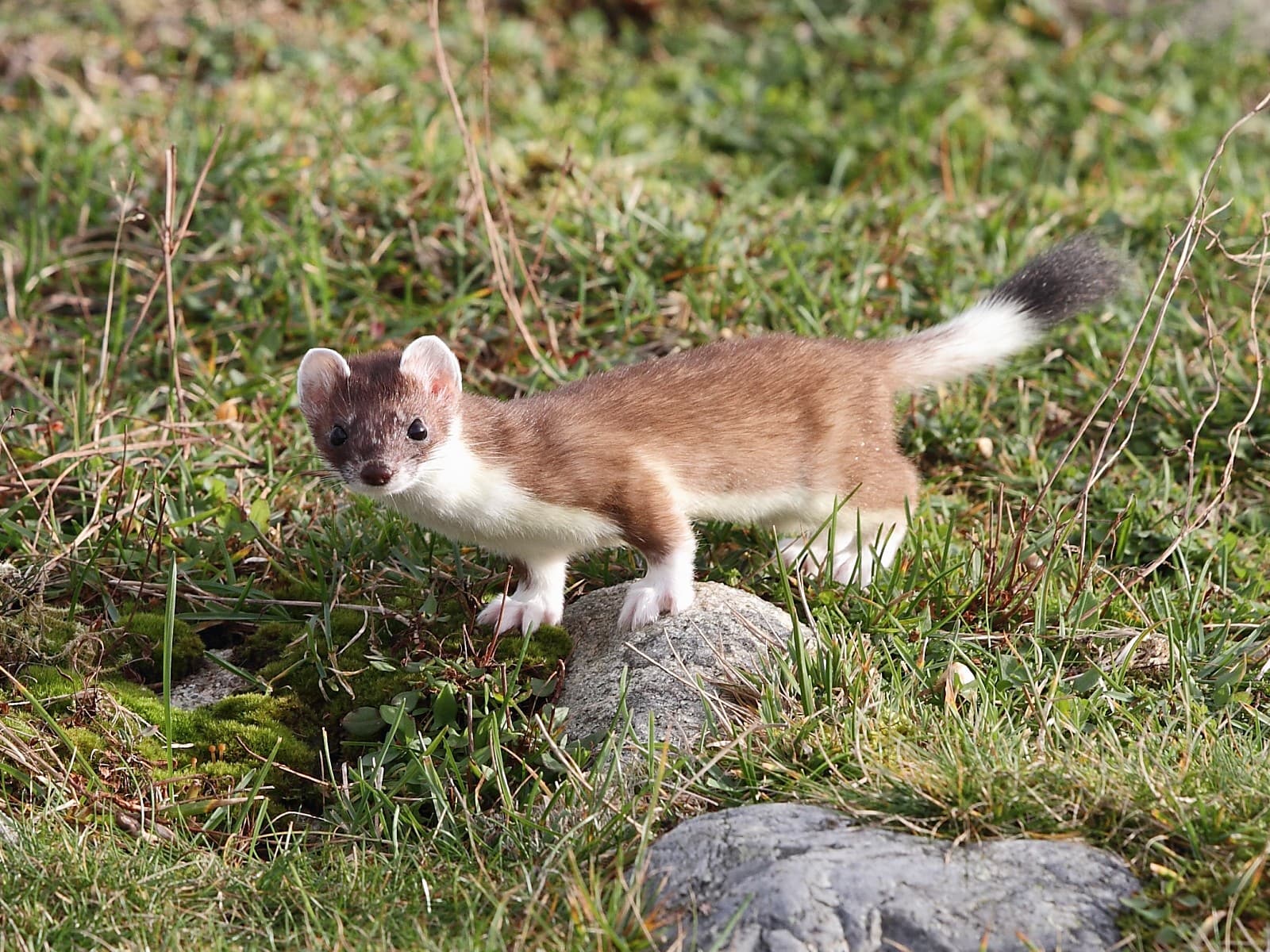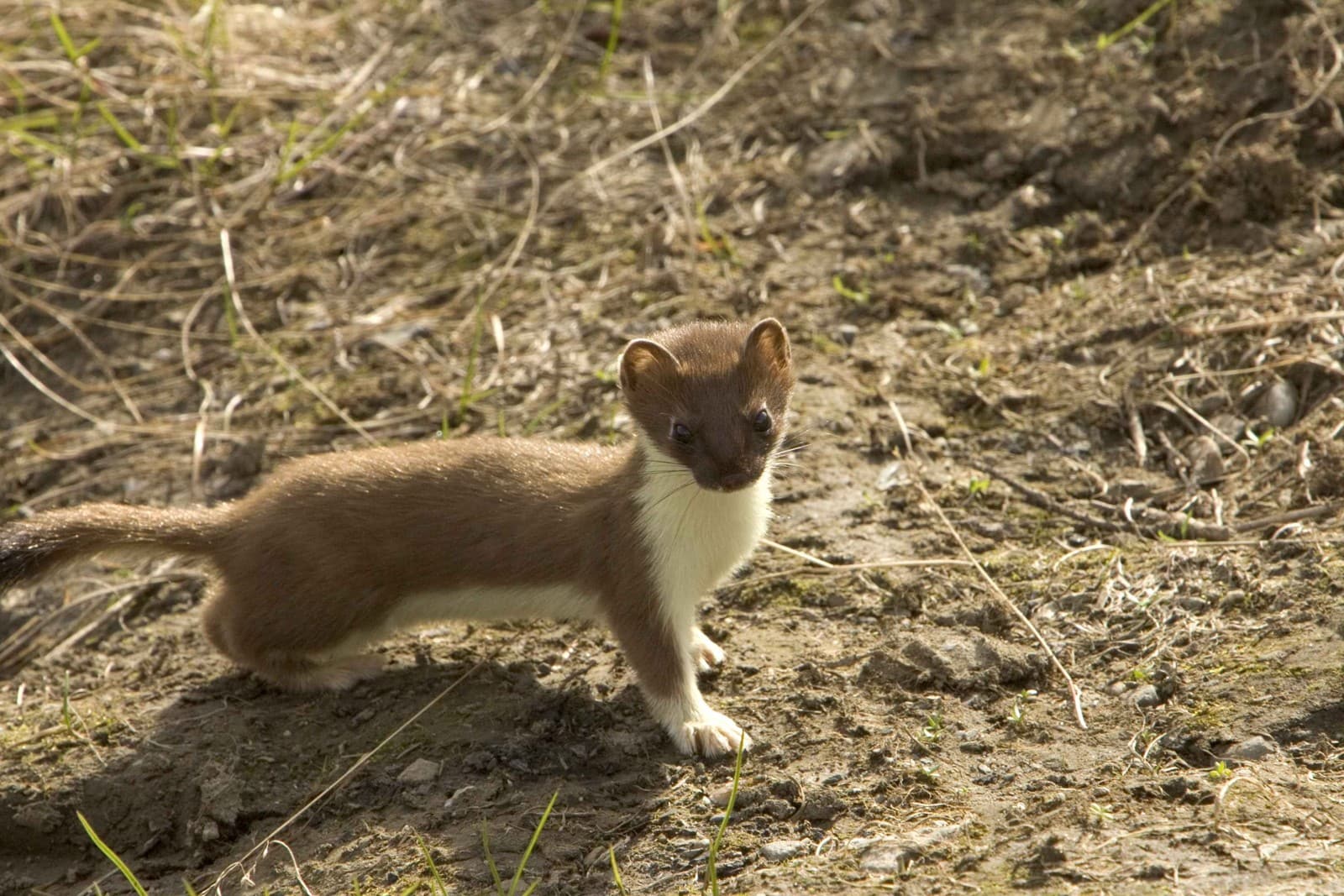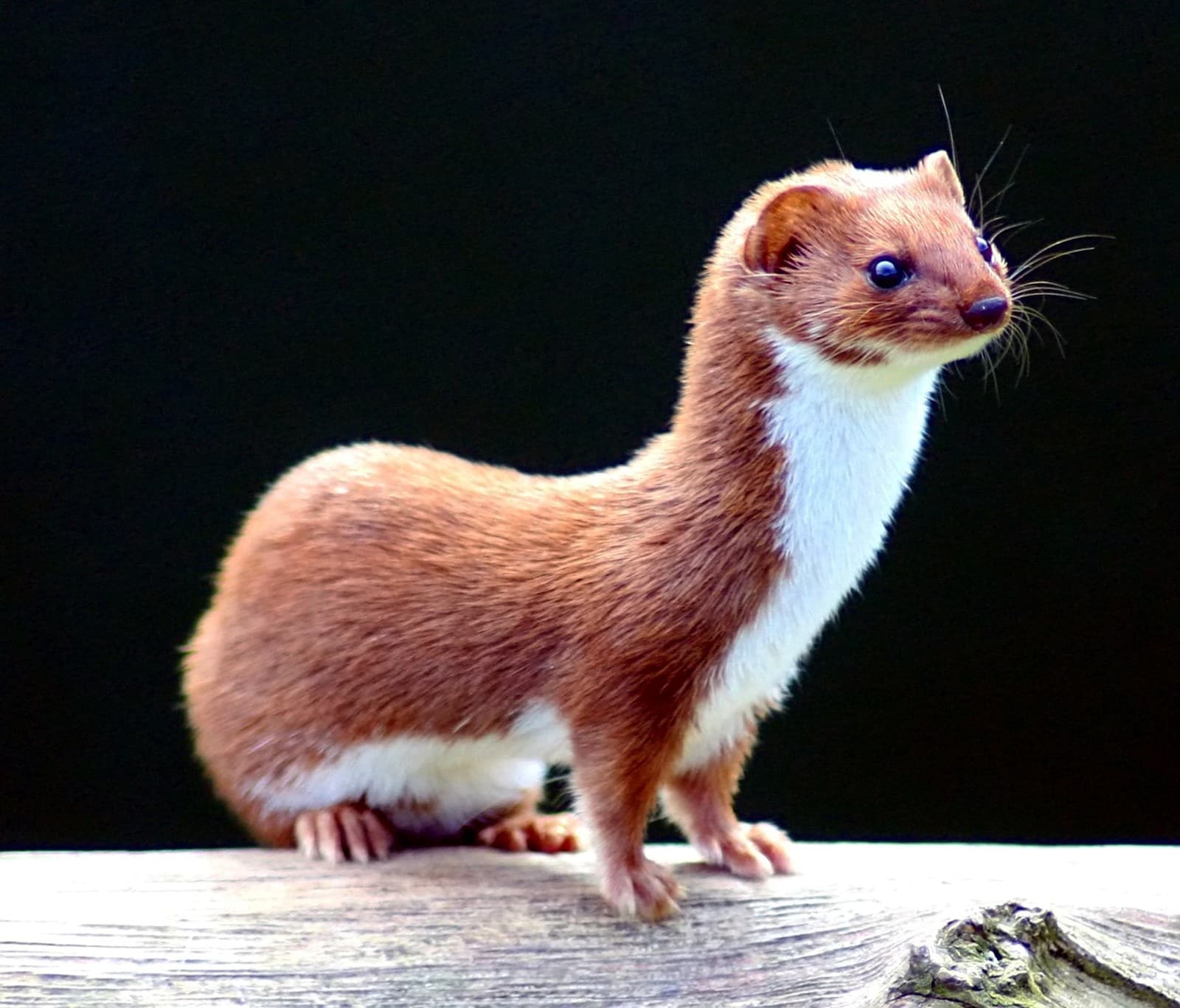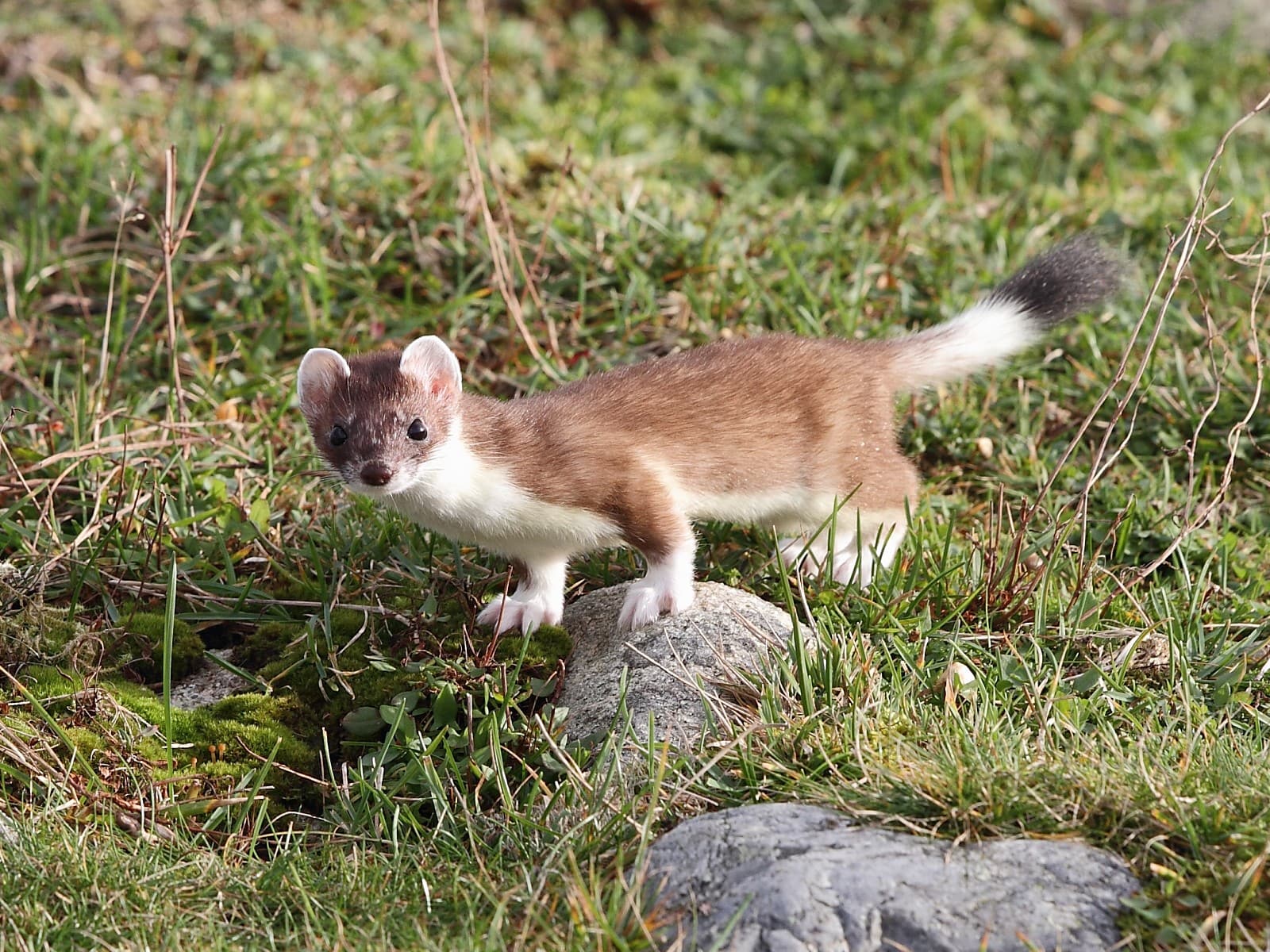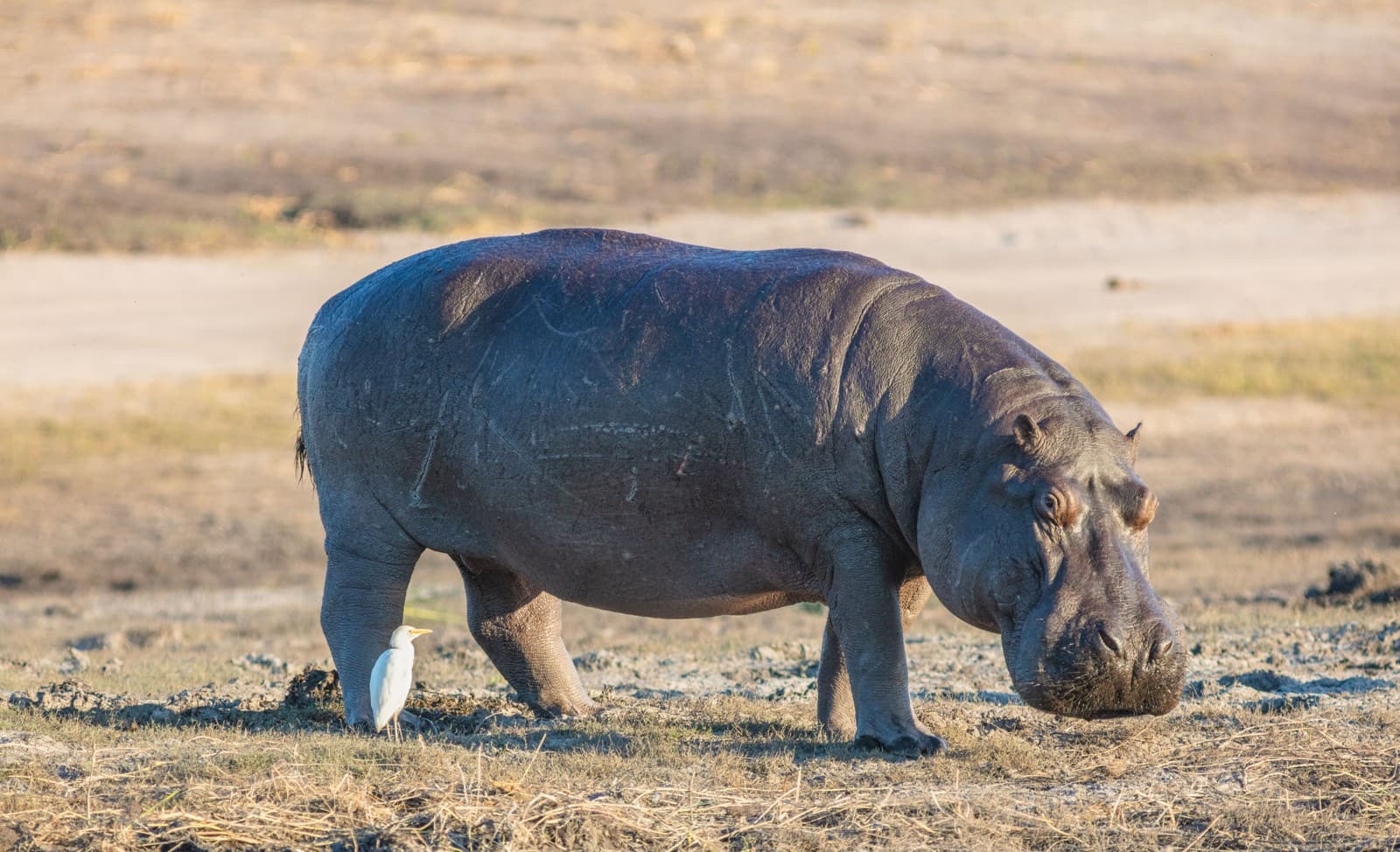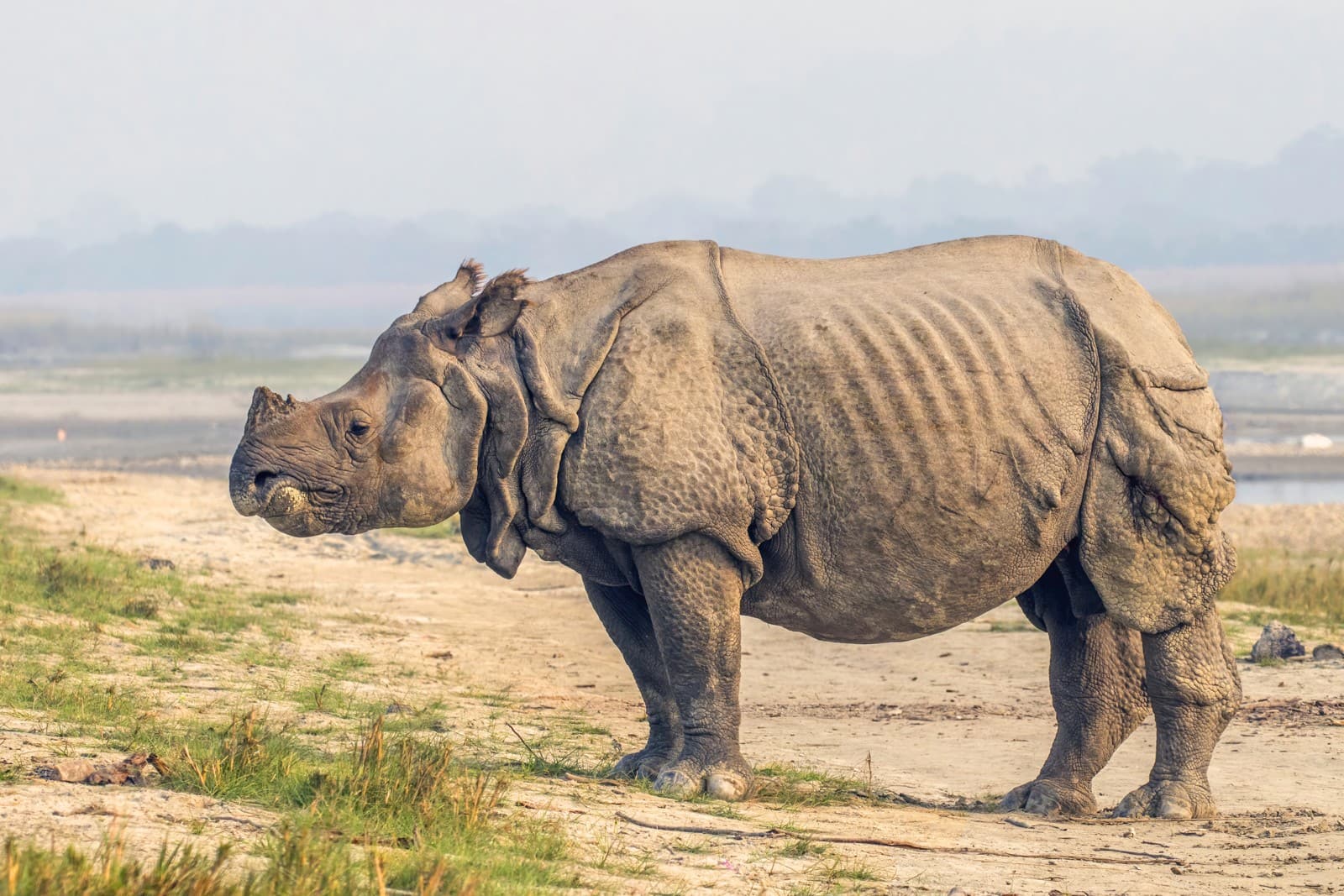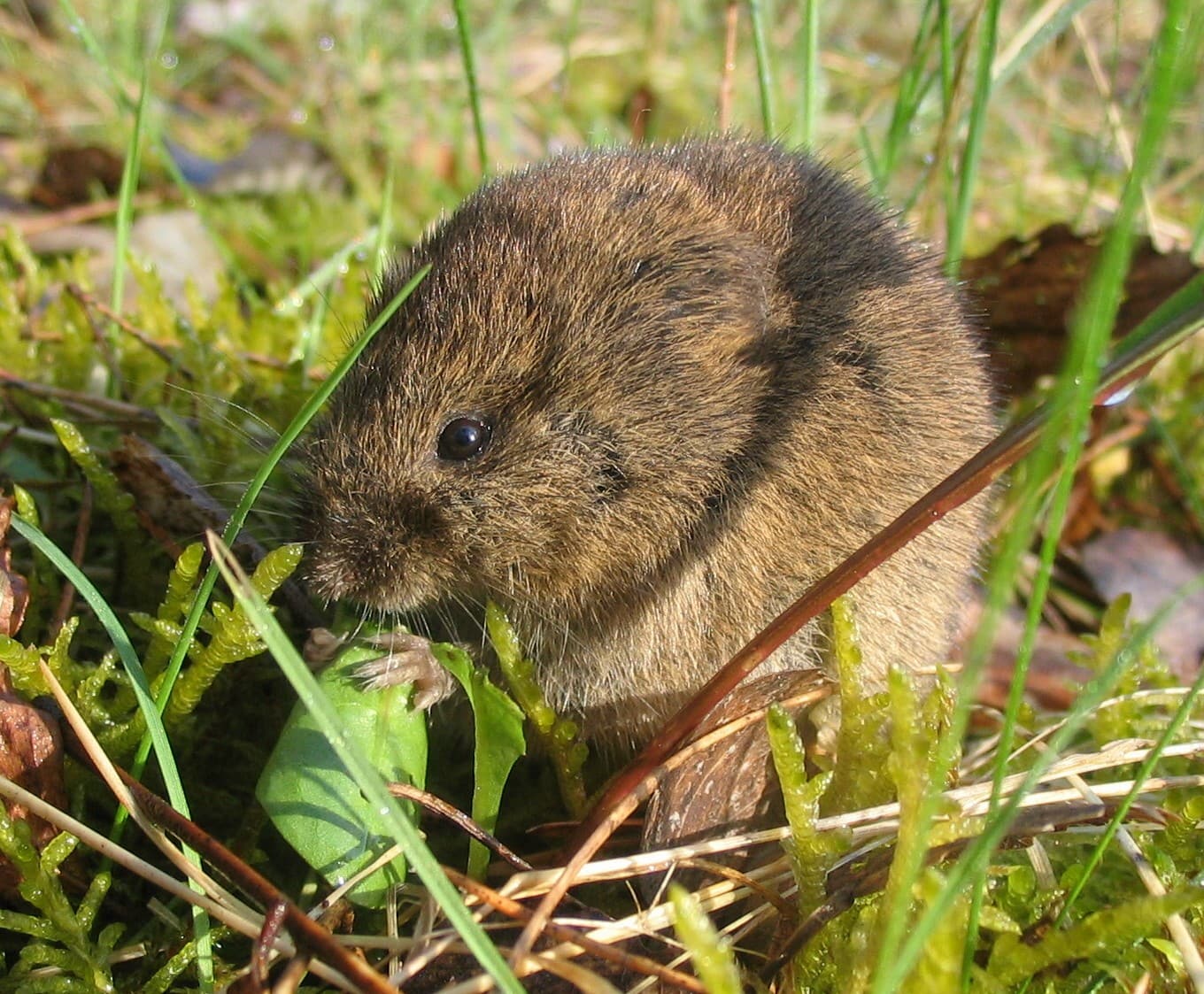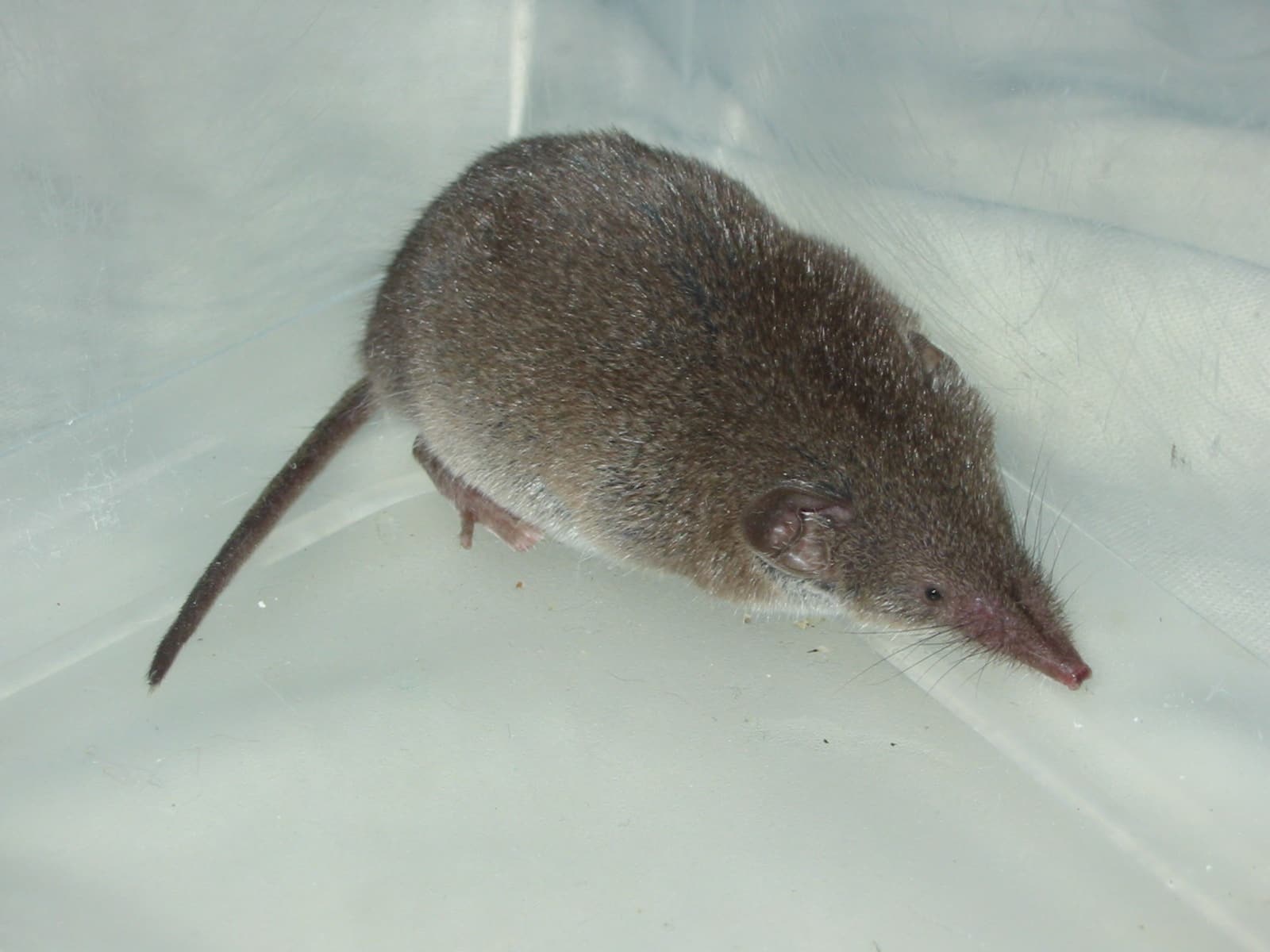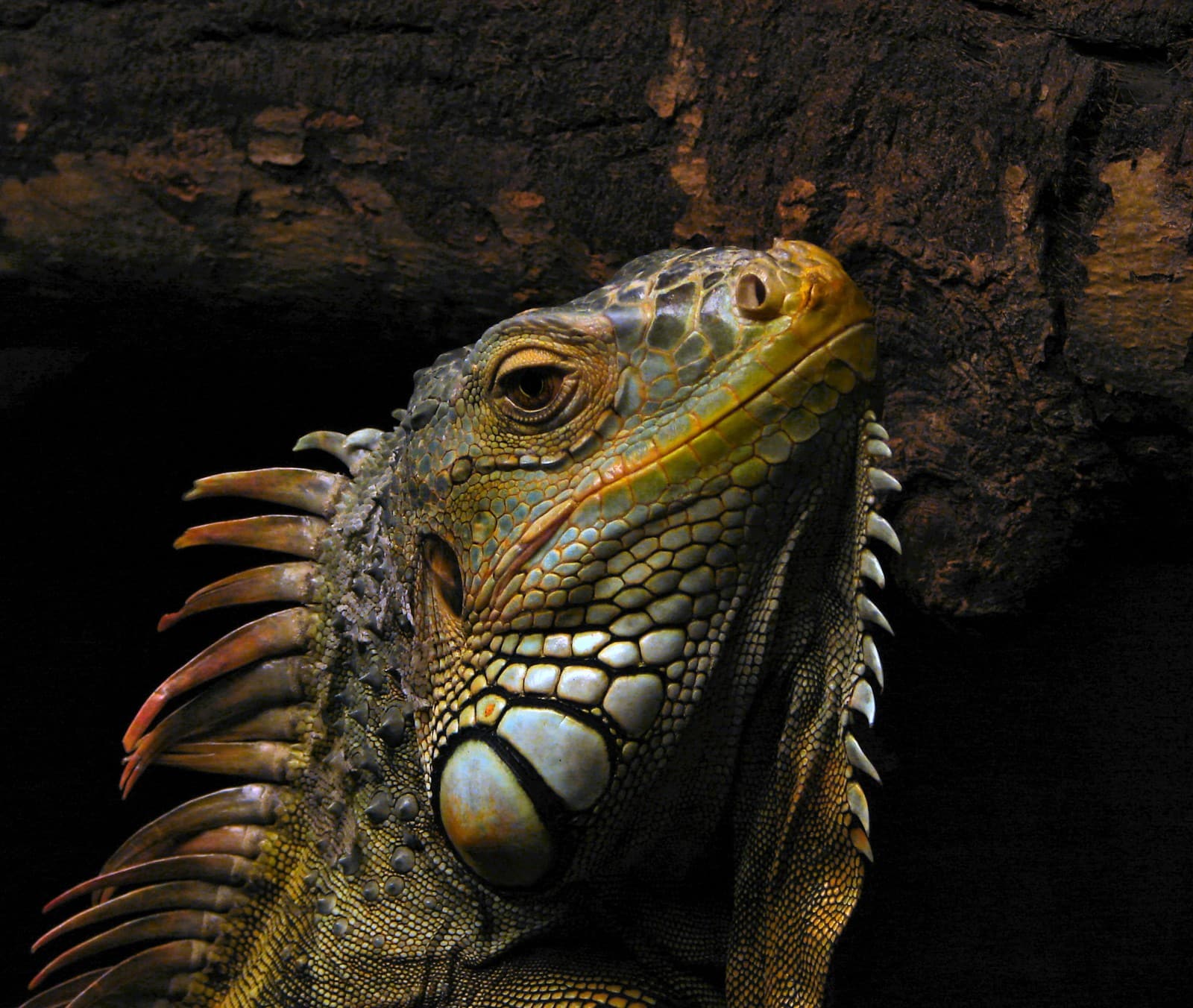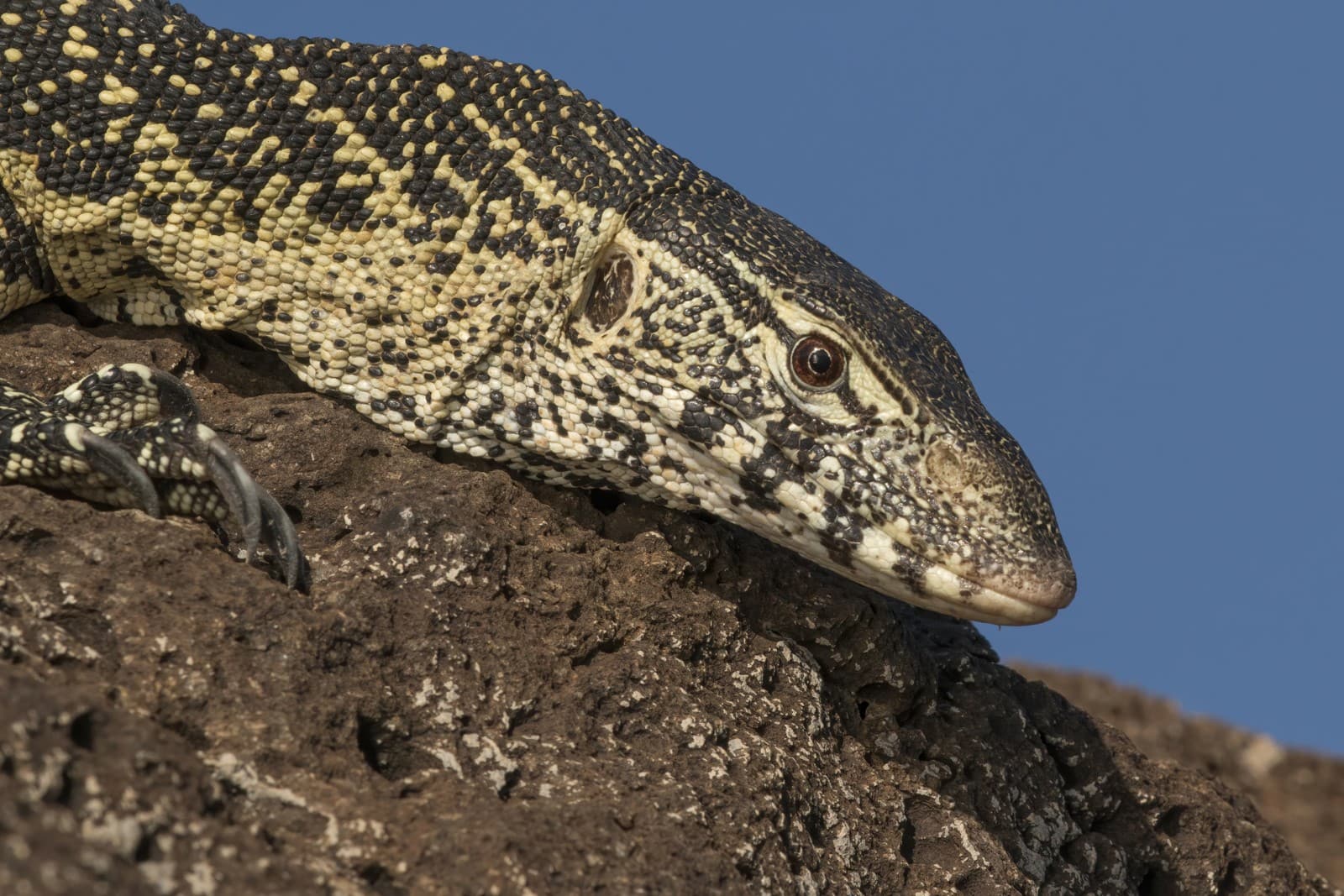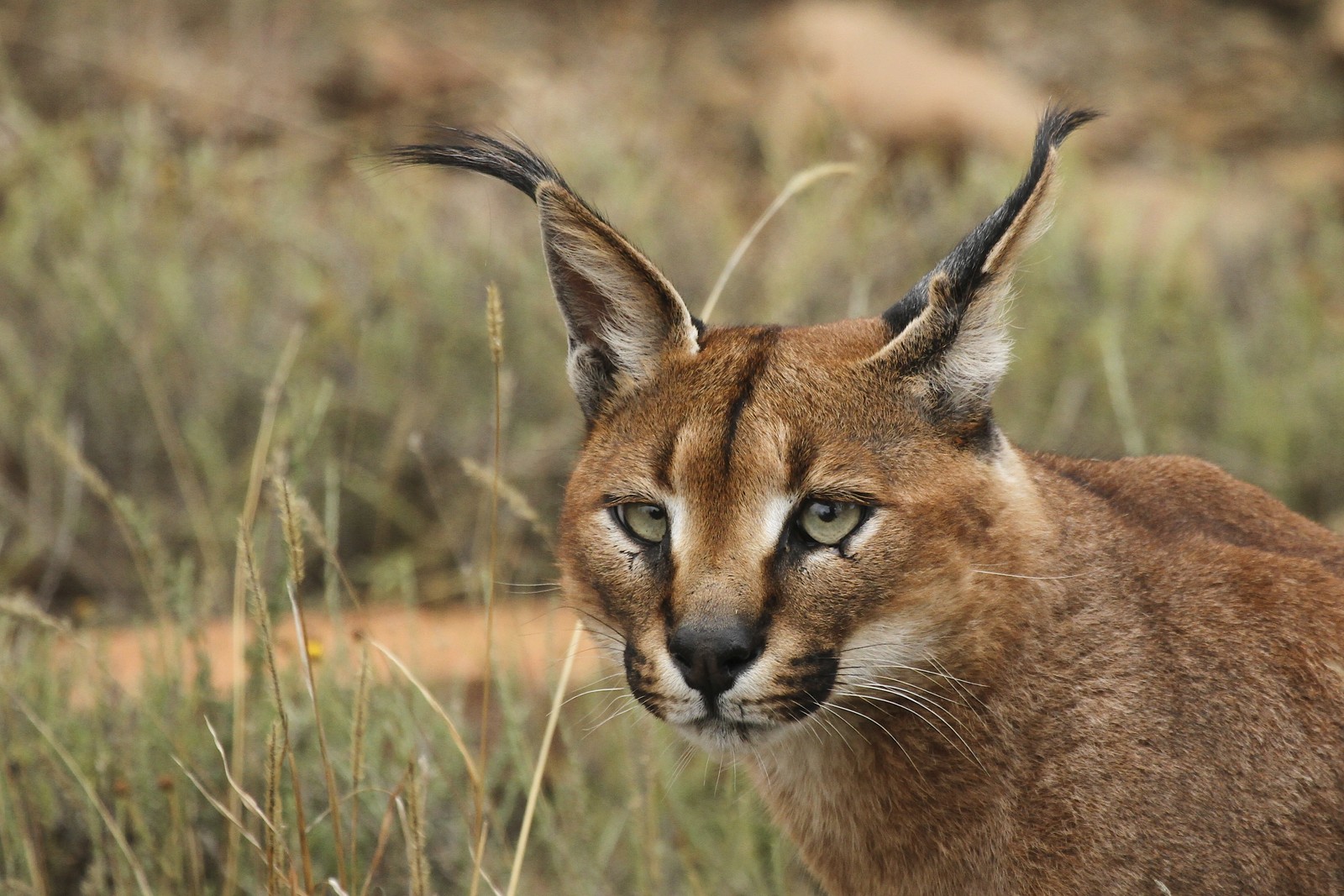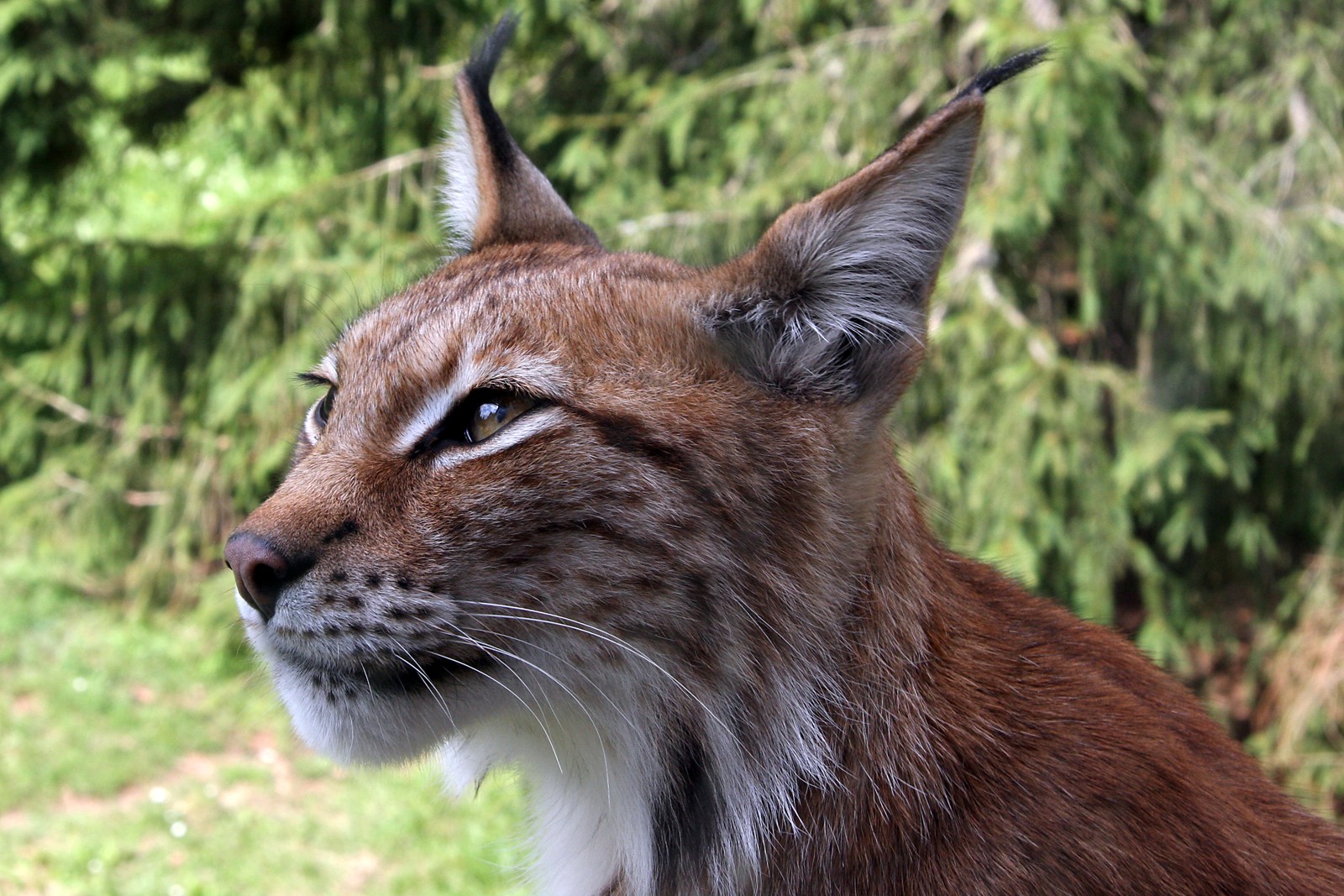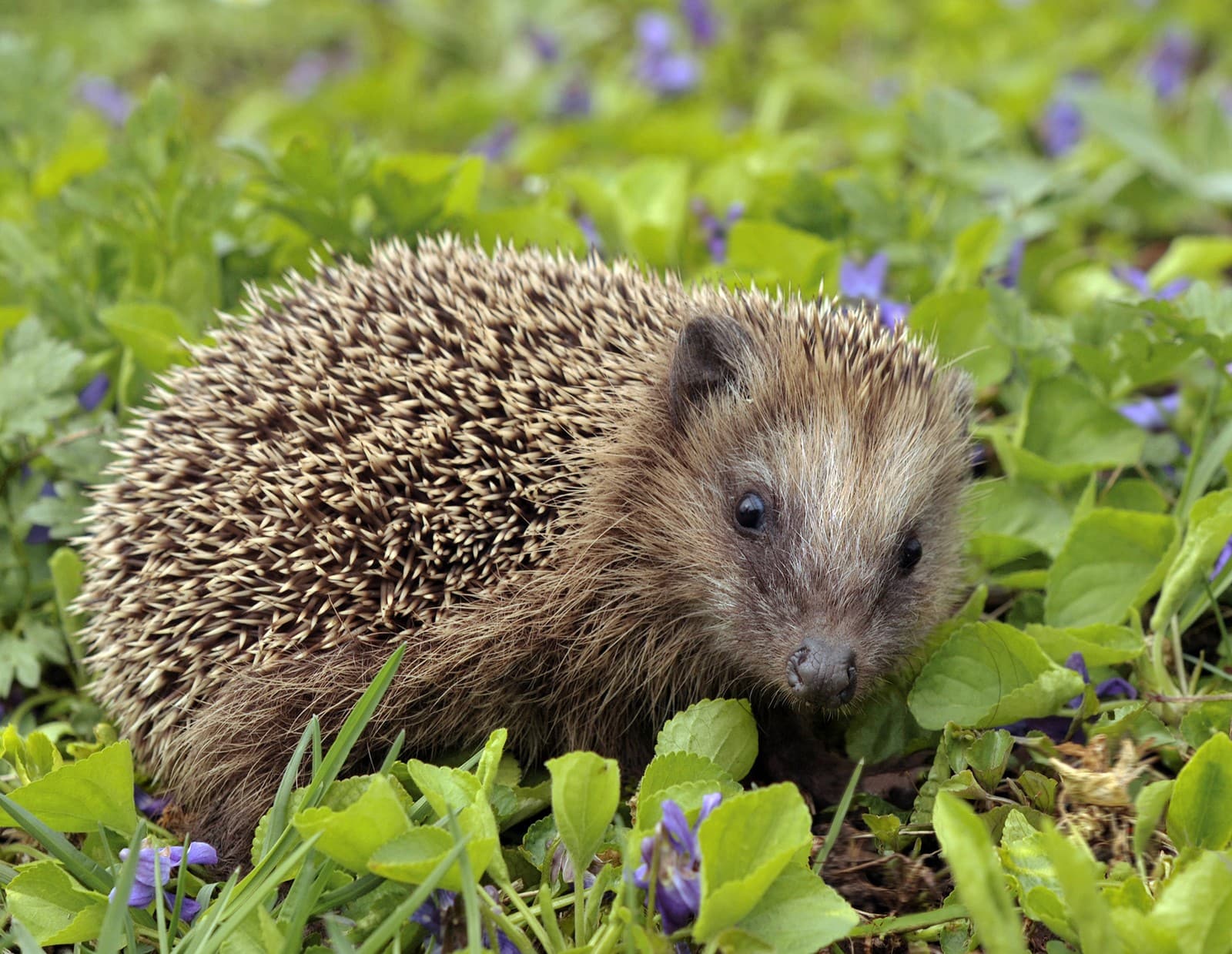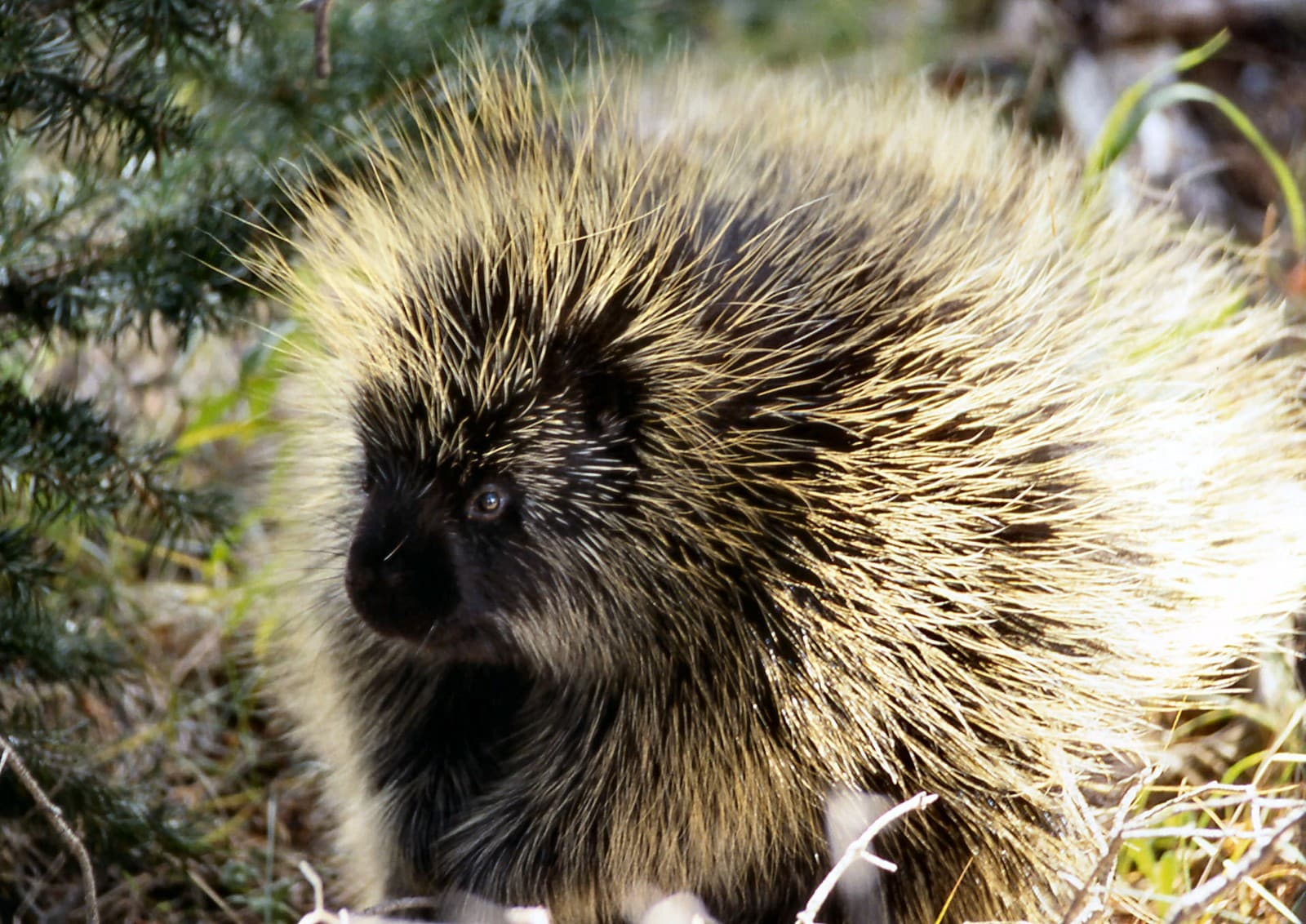Mink vs Stoat: A Complete Comparison
When comparing mink vs stoat, these skilled predators share many characteristics as members of the mustelid family, but exhibit distinct differences in size, habitat preference, and hunting behavior. The American mink is notably larger, weighing 1.5-3.5 pounds (680-1600g), while the stoat typically weighs just 4.5-12.3 ounces (130-350g).
These remarkable hunters have evolved to occupy different ecological niches, with mink being semi-aquatic predators frequently found near water bodies, while stoats prefer drier terrestrial habitats including woodlands, meadows, and moorlands. Understanding these distinctions helps explain their unique roles in their respective ecosystems.
Visual Comparison
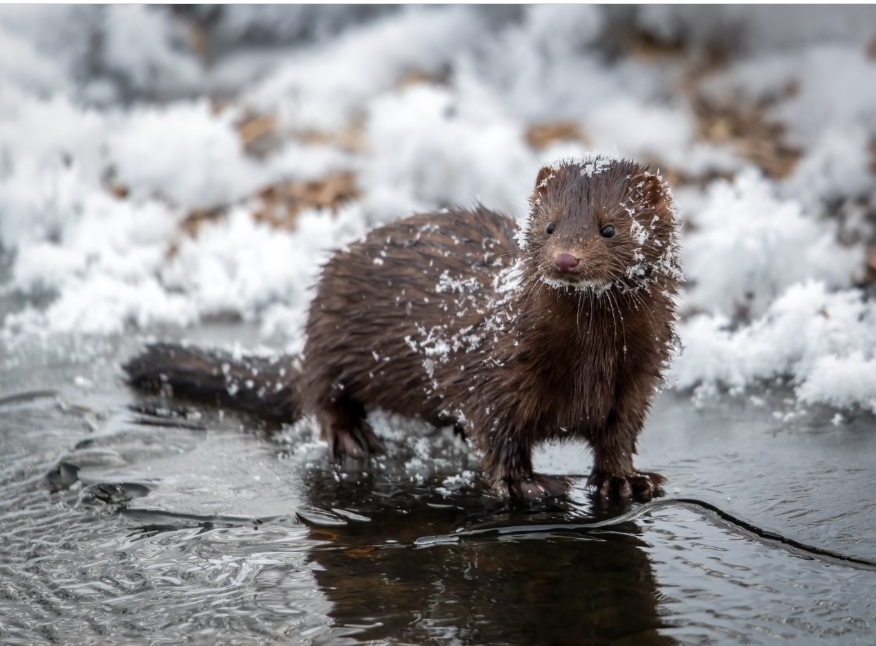
The American mink displays its characteristic water-resistant dark brown fur and robust build, perfectly adapted for its semi-aquatic lifestyle. Note the larger size and heavier build compared to the stoat, along with the distinctive rounded ears and partially webbed feet that aid in swimming.
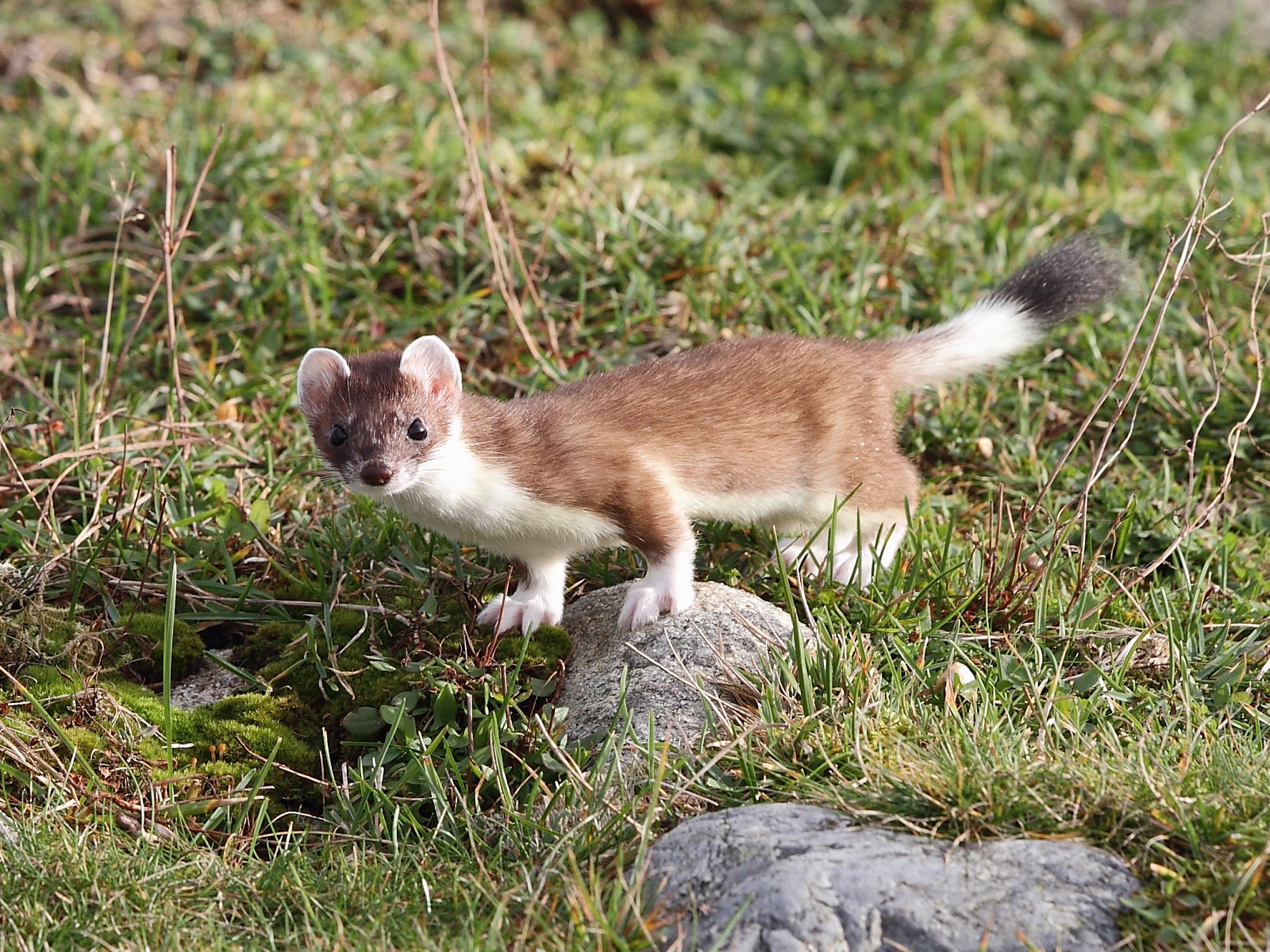
The stoat exhibits its more slender build and distinctive summer coat pattern, with the species’ trademark black-tipped tail clearly visible. This smaller mustelid’s agile form allows it to pursue prey into burrows and through dense vegetation.
Key Differences: Mink vs Stoat
| Feature | Mink | Stoat |
|---|---|---|
| Size | 13-18 inches (33-46 cm) | 7-13 inches (18-33 cm) |
| Weight | 1.5-3.5 lbs (680-1600g) | 4.5-12.3 oz (130-350g) |
| Habitat | Semi-aquatic; rivers, lakes, coastal areas | Woodland, grassland, moorland |
| Coat Changes | Minimal seasonal variation | Dramatic winter white transformation |
| Primary Prey | Fish, crayfish, waterfowl, rodents | Voles, rabbits, small rodents |
| Swimming Ability | Excellent swimmer | Capable but prefers land |
Habitat and Behavior
Mink Characteristics
The American mink has evolved as a skilled swimmer, with partially webbed feet and water-resistant fur that traps air for insulation. These adaptations allow them to pursue prey underwater for up to 30 seconds. Their territories typically span 1-6 miles (1.6-9.7 km) of waterway.
Stoat Characteristics
Stoats are renowned for their agility on land, capable of pursuing prey into tight burrows and through complex tunnel systems. Their most striking feature is the seasonal color change, transforming from brown summer coat to pure white winter pelage (except for the black-tipped tail) in colder regions.
Hunting and Diet
Mink Hunting Strategy
Minks are opportunistic predators that excel in both aquatic and terrestrial environments. Their diet includes:
- Fish (up to 50% of diet in some areas)
- Crayfish and aquatic invertebrates
- Waterfowl and eggs
- Small mammals near waterways
Stoat Hunting Strategy
Stoats are fearless predators known to take prey much larger than themselves, including:
- Rabbits up to 10x their size
- Voles and mice
- Ground-nesting birds
- Eggs and young birds
Who Would Win: Mink vs Stoat Encounter
While both species rarely compete directly due to different habitat preferences, a mink would likely dominate in any confrontation due to its significant size advantage and more powerful build. The mink’s weight advantage of up to 10 times that of a stoat makes it the clear physical superior, though stoats are known for their fierce defensive capabilities when cornered.
Conservation and Human Impact
Both species face various conservation challenges:
- Habitat loss from urban development
- Competition with invasive species
- Historical impacts from fur trapping
- Secondary poisoning from rodenticides
Understanding the distinct ecological roles of mink and stoat helps inform conservation efforts aimed at protecting these remarkable predators and their habitats for future generations.
